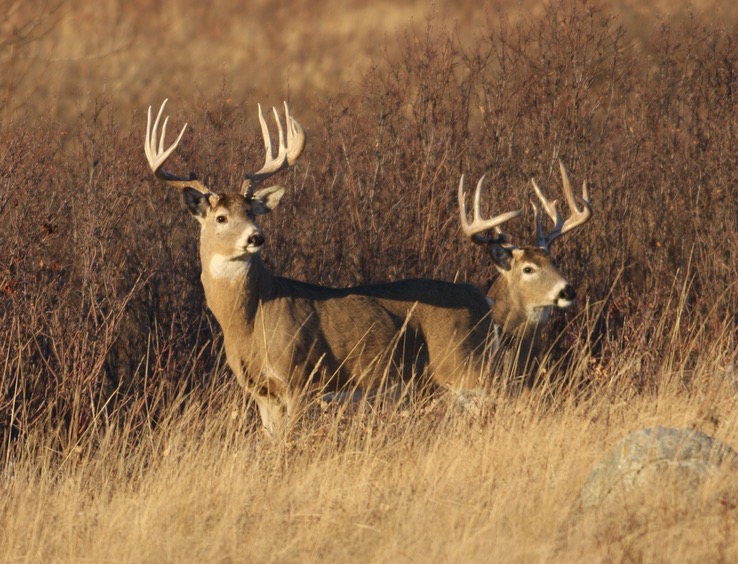
You must have heard the eerie stories of hunting from your grandparents!
Several myths and misconceptions about whitetail deer hunting are in your ears from your childhood.
Well, you used to believe those stories when you were a kid. However, they are not all real.
As you get older and learn more, you have the opportunity to refute and demystify some of these beliefs as the proper truth. You realize what is true and what is not as you continue to grow as a hunter.
The myths surrounding whitetail deer revolve around. So let us check out this write-up about whitetail deer hunts which will help you to overcome myths.
Myth 1# During the rut, bucks are only interested in scrapes.
While bucks primarily paw scrapes during the rutting season, this does not mean that they paw scrapes exclusively during that time. There’s a good chance you’ll find ‘new’ scrapes all year, not just during the rutting season. It is because bucks feel compelled to convey their presence to one another regardless of the time of year.
Scraping activity peaks two weeks before the breeding season begins. New scraping techniques are used during this period, such as the buck marking territories by peeing over their tarsal glands into the scrape.
Myth 2# Big Bucks are exclusively attracted to big trees.
It isn’t correct. Bigger bucks will go out and rub trees of various sizes. It makes no difference how big the tree is. They frequently form a “rub line” in which they rub numerous trees in a given region. They won’t be able to accomplish this if they rub little trees. So, big bucks will rub everything, and small bucks will do the same.
Myth 3# Whitetails don’t Migrate.
The average deer lives its entire life inside a square mile of its habitat. When the battle becomes tough, they move on and find reliable food sources. When you consider how far most whitetails go in quest of food, this myth could be true if they only travel 3 miles. On the other hand, Whitetail movements can often extend up to 50 miles or more in search of resources to keep them alive. These long-distance moves invariably result in migration, and they always happen in the winter when the weather is cold.
Whitetail deer do migrate, and a variety of circumstances influences their movements. Food, warmth, nutrition, snow depth, and long cold seasons are among these factors. The females and young ones usually migrate first, while the bucks tend to stay around where they rutted. On average, the migration process takes between 24 and 31 days.
Myth 4# The Amount of Rutting During the Day Is Reduced When the Weather Is Warm
It may no longer be a myth. Warm temperatures have an impact on the quantity of rutting activity displayed by bucks during the day. If you’re hunting whitetail deer, a dramatic decrease in their chasing and breeding activities during legal shooting hours may drive you back. Of course, it happens when the temperature rises a little, but that doesn’t indicate the rut is over.
Myth 5# When the hunting season begins, whitetail deer rush to the hills.
The core area of a whitetail deer is so important that it always strays a few miles when afraid and returns when it is safe. Unfortunately, when a deer is terrified, its instincts and worries prevent it from seeking homage in new locations.
Thus, it’s unlikely that they’ll run for safety when the gunfire starts. In most bucks’ movements, it has been discovered that as bucks grow older, they become more content with their surroundings and are less likely to leave. They have spent most of their lives in such places, so fleeing to an unknown region for safety is unreasonable.
Myth 6# When the hunting season begins, whitetail deer rush to the hills.
The core area of a whitetail deer is so important that it always strays a few miles when afraid and returns when it is safe. When a deer is terrified, its instincts and worries prevent it from seeking homage in new locations. Thus, it’s unlikely that they’ll run for safety when the gunfire starts.
In most bucks’ movements, it has been discovered that as bucks grow older, they become more content with their surroundings and are less likely to leave. It is because they have spent most of their lives in such places, so fleeing to an unknown region for safety is unreasonable.
Conclusion
The above points will provide you a better understanding of the reality behind the myths you used to believe.
You can now begin to abandon the half-truths you’ve accepted since childhood and follow the tips of Squaw Mountain Ranch for a great hunting experience!
